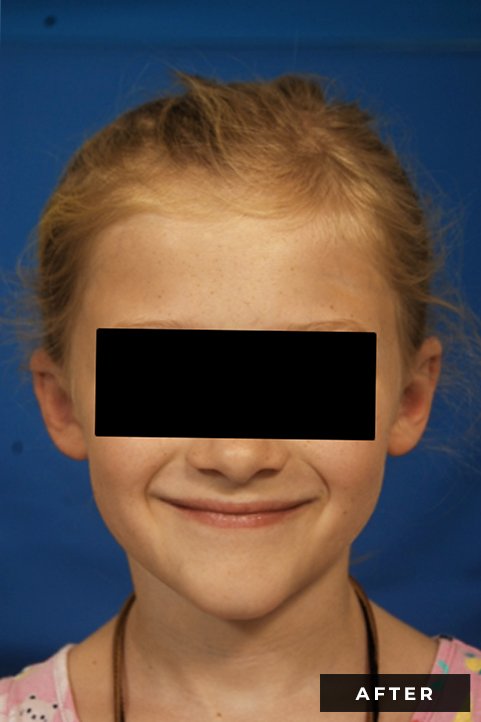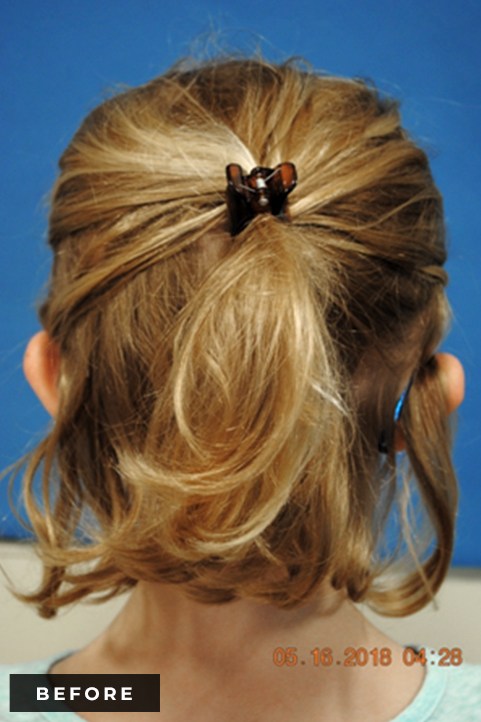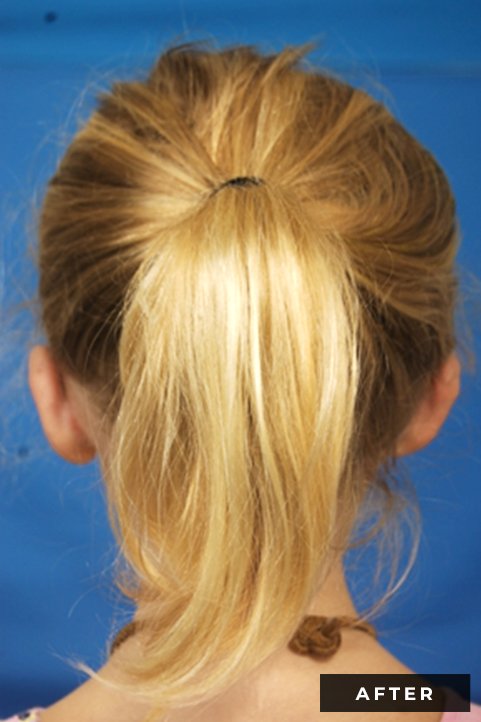3800 Reservoir Rd, 1st Floor Gorman
Washington, DC 20007
6862 Elm St, Suite 800B
McLean, VA 22101
Otoplasty, or cosmetic ear surgery, can be performed to alter the shape and/or projection of your ears.
This evaluation involves the assessment of your facial and ear anatomy and desires for improvement. Dr. Reilly will work with you to create a plan that aligns your goals with potential surgical treatments based on your anatomy.
Generally, this type of surgery is done to correct overly large, protruding and/or poorly-shaped ears.
The technique involves first determining the cause of the problem. Once a decision has been made about the cause of the problem, a small incision is made on the back surface of the ear and sutures are placed to create the natural contours of normal ear, If the ears are still found to be excessively prominent, they can be reduced and the ears sutured back to the scalp in order to minimize the protrusion.
Most patients take one week off work, followed by another week of reduced activity. There will be bruising and swelling for 7-10 days. After 2 weeks, you may resume full activity.




Background
Probably no other physical characteristic cries out for facial plastic surgery more than protruding ears. Children, long the victims of cruel nicknames like “Dumbo” or “Mickey Mouse,” are the most likely candidates for otoplasty, but this surgery can be performed at any age after the ears have reached full size, usually around five to six years of age. Even if the ears are only mildly distorted, the condition can lead to self-consciousness and poor adaptation to school. It is often desirable in children to consider this surgery before they start Kindergarten or first grade.
Evaluation
This evaluation involves the assessment of your facial and ear anatomy and desires for improvement. Dr. Reilly will work with you to create a plan that aligns your goals with potential surgical treatments based on your anatomy.
In the vast majority of patients, the desired aesthetic result is readily achieved. However, the possible complications of cosmetic ear surgery include but are not limited to the following:
Infection, bleeding, swelling, scarring, numbness, skin discoloration, asymmetry, displeasure with the cosmetic outcome, and allergic or other negative reactions to one or more of the medications or substances used in the operation.
Dr. Reilly will start by making a small incision in the natural crease behind the ear, where it is joined to your head. Cartilage and skin will be reshaped and/or removed to achieve the desired effect. The ears may then be conservatively pinned back with permanent sutures, securing the cartilage. Routine ear pinning surgery, or a change in the shape of your ear will not produce a noticeable change in your hearing.
Arrange for someone to stay with you for the first 24 hours.
Go to bed and rest, lying on your back, with your head elevated with 2-3 pillows. You should be lying at a 45 degree angle.
You may be up and around and able to go to the bathroom. You will be able to eat a light meal with assistance.
Take medication only as directed.
Some swelling, bruising and tightness of the bandages are a normal occurrence.
Place ice packs on the surrounding area/dressings for the first 48 hours (on for 20 minutes every hour).
Keep the headband in place as much as possible.
You may be up and around as tolerated but expect to tire more quickly than usual.
Keep activity and meals light, avoiding meals that require significant chewing.
On the 3rd day, you can remove all bandages and gently shampoo your hair in the shower with baby shampoo. It is advised to let your hair air-dry, but you may use a cool setting if you need to use a hair dryer.
You will come into the office for a post-operative check-up.
No alcohol for the first 7 days after surgery, which can increase bruising and swelling.
Your swelling and bruising will gradually fade over this time period, but it may persist for up to 6 weeks. You will come in for another post-operative check-up 6 weeks after surgery.
You may apply makeup to conceal bruising, but be sure to avoid anywhere near the incision lines for at least 10 days after surgery.
1. Rest and good nutrition are important healing factors, especially during the first 6 weeks.
2. Numbness, tingling, hardness, tightness, and bumpiness of the surgical area are common occurrences. If any of these things do occur, they will gradually subside over several months.
Message Sent!
Dr. Michael Reilly is double board-certified by the American Board of Otolaryngology--Head & Neck Surgery and The American Board of Facial Plastic & Reconstructive Surgery. He specializes in facial plastic surgery and Rhinoplasty.
Follow up appointments:
Medical emergency:
Clinical questions: